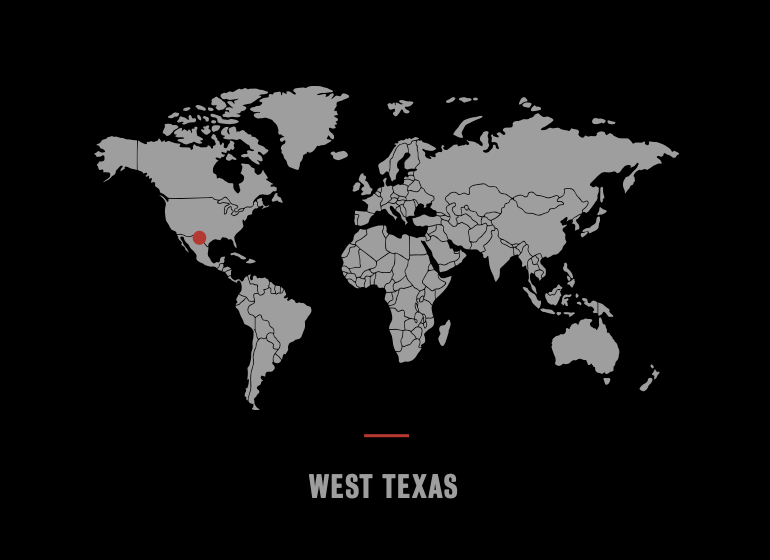THE GUSHER AGE (Colour)
THE GUSHER AGE (Colour)
WEST TEXAS - 2025
S T A N D A R D
39” x 77” Unframed; 54” x 92” Framed
Edition of 12
L A R G E
51” x 103” Unframed; 66” x 118” Framed
Edition of 12
Editions available in both B&W and Colour
Most historians consider the Spindletop strike of 1901, at the time the world’s most productive petroleum well ever was found, to be the outset of oil related growth in Texas. This single discovery began a rapid pattern of change in Texas and brought worldwide attention to the state.
The find was unprecedented in its size (worldwide) and ushered in an age of rapid regional development and industrialization that has few parallels in U.S. history. The oil boom was haphazard and chaotic as rural farmland was transformed by the rapid emergence of localised boom towns. This frenzied era became known as The Gusher Age. One can only image the sort of characters that would frequent the saloons in these towns.
Old photographs of this era gave me some material to work from when we built our own oil boom town in remote ranch land in west Texas. We knew, for instance, that the oil derricks were often extremely close to each other and indeed the boomtown would be built right next to them. There was no commute to work. It was also clear that in the towns in the 1920s horses and cars balanced each other out; it was too early for the car to dominate and a cowboy on a horse was quicker.
The story I wanted to tell here was that it would be a cowboy on a horse that could and would react quickest to a gusher. It is difficult to conceive of how intense and pressurised the moments after a big strike would be, but I sense speed of reaction was key. It’s nice, therefore, that all four of the horse’s feet are airborne.
~ David Yarrow
+ Share












